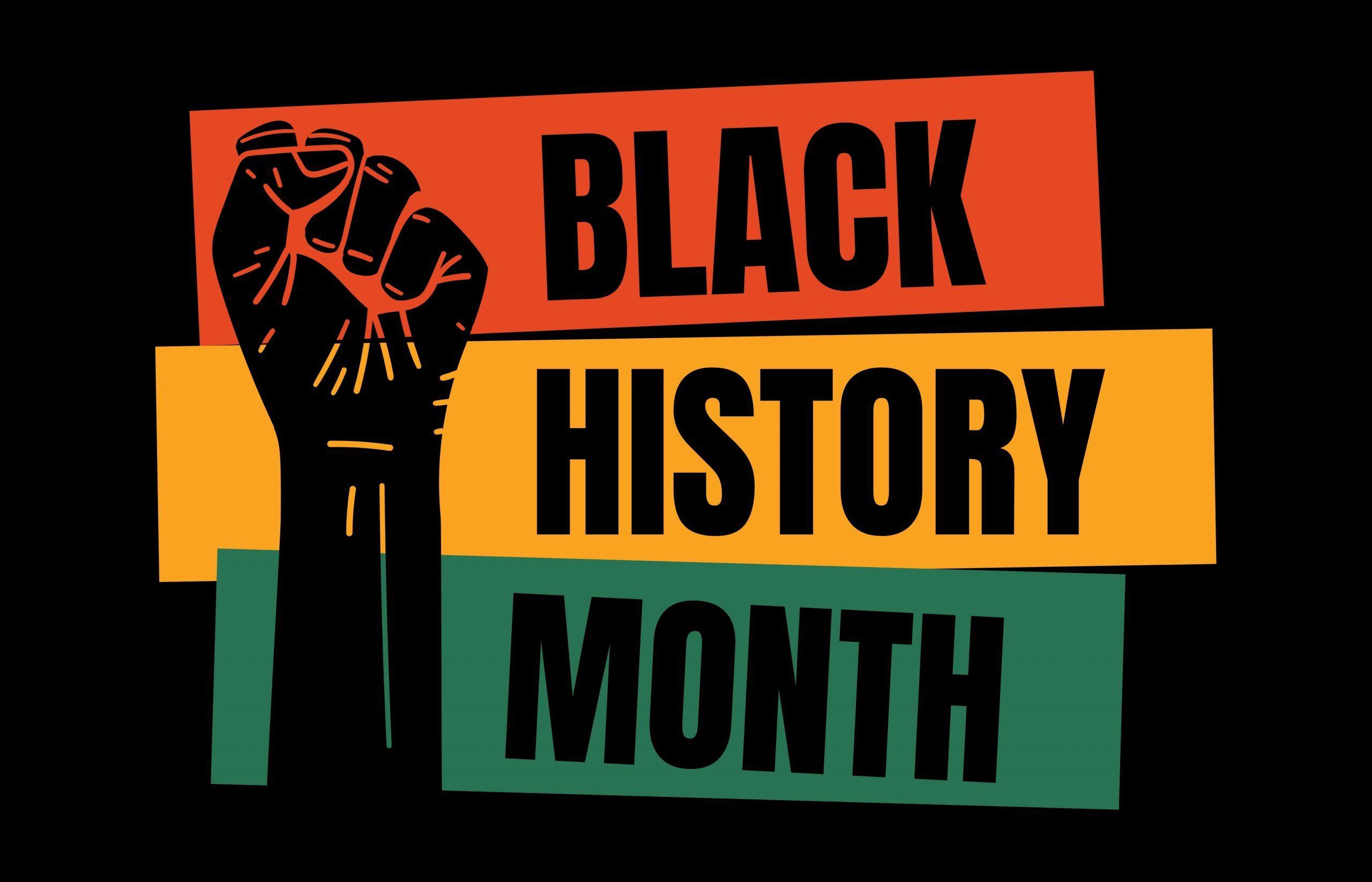Two important occasions have intersected over the past week. On the one hand, Black History Month, which occupies October this year, draws our attention not only to the history of black and anti-racist struggles in the UK and worldwide, but also to the existing forms of racial inequity and exclusion that continue to characterise many workplace environments. On the other hand, Sunday 10 October 2021 was World Mental Health Day, with this year’s theme being “Mental Health in an Unequal World”. One of the purposes of the theme was to draw attention to the ways mental health manifests unevenly in a world shaped by inequality on the grounds of race, gender and class, among other factors.
Whereas Black History Month and World Mental Health Day are typically celebrated separately, this year is an important opportunity to reflect on how racial injustice and poor mental health overlap. So, we have dedicated this week’s blog post to better understanding the connections between racial equity, exclusion and employee wellbeing in the workplace.
Putting racism into perspective
Unfortunately, racism exists in most social spheres. Studies have shown that people of colour (POC) believe they are just as likely to experience racism at work as they are in the street. Not only this, but xenophobia and anti-Asian hate crimes have increased by 21% in the UK in the past year.[1]
The murder of George Floyd was a brutal reminder of the systemic racism that is still prominent today. Studies have indicated that black people and POC are up to twice as likely to die from COVID-19 and ten times more likely to be stopped and searched by police.[2]
These stark inequalities have emotional impacts too. Everyone should have the opportunity to thrive in their workplace, irrespective of race, gender, religion, class, sexual orientation, and ability or disability.
Racial equity and mental health
The connections between mental health and racial equity have become a much more prominent topic in the past few years owing to recent events. Most organisations recognise that tackling racial inequality is key to creating a positive workplace culture in which employees feel supported and cared for.
As an example of this growing recognition, Mental Health First Aid (MHFA) England recently launched its ‘my whole self’ campaign, which encourages actions to end the link between POC and poor mental health in workplaces across the UK. They have identified specific barriers that POC face in the workplace, drawing from a 2020 study which found that POC have a greater risk of developing poor mental health compared to their white colleagues.[3]
We all have the right to work in a safe space, where everyone has access to the support they need. It is clear that equality cannot be achieved without equity. It is imperative that you ask how your business can support the mental health of all its employees.
Identifying racism
The Commission on Race and Ethnic Disparities report published in March 2021 defines 3 main types of racism that exist today. These are:
- Institutional racism, which is applicable to an institution that is racist or uses discriminatory processes, policies, attitudes or behaviours;
- Structural racism, which describes a legacy of historic racist and discriminatory processes, policies, attitudes and behaviours and how they shape organisations and societies today;
- Systemic racism, which applies to the ways society and institutions function together as a system in ways that exhibit racist or discriminatory processes, policies, attitudes or behaviours.[4]
The report highlights how important it is to be aware of this specific terminology when understanding racism. This can help create fairer and more intersectional workplaces, reducing the emotional burden on POC.
It also identifies the existence of white privilege – the idea that there are inherited societal privileges that benefit white people over other ethnic groups in particular societies. These privileges are wide-ranging, and can include both cultural privileges and economic ones, as reflected in the lack of diversity in many businesses. For example, in the UK’s HR sector, only 7% of senior HR roles are held by people who identify as non-white.[5]
If businesses seek to become more diverse, however, it is important to not endorse tokenism. Recruiting a small number of under-represented groups just to appear diverse will have a significantly more negative impact on company equality and employee mental health.
Beginning your anti-racist journey
It is important for businesses to reflect on their diversity and carry out self-interrogation.
Many organisations recognise the importance of ‘allyship’ in the workplace. This refers to individuals educating themselves on racism and inequality so they are able to notice the daily microaggressions or disadvantages their colleagues may be facing, and hence become ‘allies’. Creating a culture of allyship should form part of an organisation’s commitment to long-term change.
This will not only help reduce the burden on POC and their mental health, but will also bring tangible benefits to the workplace. Many studies have indicated that a diverse, accepting and safe workplace improves employees’ mental attitude, work ethic, and overall productivity.[6]
Eradicating unconscious bias
Studies feature many examples of unconscious bias when it comes to race inequality in the workplace. This is where people have preconceived ideas about certain population groups formed outside of their conscious awareness. As an example, affinity bias relates to the tendency to warm up to people that are similar to ourselves.
A 2015 study identified many techniques for organisations to eradicate unconscious bias, such as creating structures for decision making, implementing CV screening and adjusting interview formats.[7] For example, many companies use standardised interview questions. This creates a much more unbiased process.
More simply, the study recommends educating staff on different forms of bias, such as the halo effect (the tendency to only see the good about a person because they have a personal affinity to oneself).
By understanding the types of bias and bringing them to a conscious level, leaders and employees will become more aware of how their biases affect decision making, promotions, hiring, compensation, and organisational culture.
Creating an inclusive workplace
Inclusion in general is not a one size fits all solution. Many people have different cultures and ideals that deserve to be welcomed and celebrated in their place of work.
This can be encouraged through many new initiatives. The Halo Collective have cultivated the ‘Halo Code’, which is a campaign pledge signed by many businesses that promises members of the black community that they have the “freedom and security to wear all afro-hairstyles without restriction or judgment”.
By adopting measures such as these, businesses are showing their dedication to creating an equal, tolerant, and inclusive workplace.[8]
Looking to the future
Fortunately, the Black Lives Matter protests and recent activism have had a positive impact on many businesses, forcing them to recognise the mental health impacts of racial inequality on their employees.
We still need significant progress before we can establish a truly post-racial society.
Nevertheless, the Commission on Race and Ethnic Disparities argues that incremental progress is being made. With the continued commitment of individuals throughout society to eliminate all forms of racism within the workplace and beyond, the positive mental health benefits will soon emerge.
References
- MHFA England, ‘We will not see race equality without race equity’, https://mhfaengland.org/mhfa-centre/blog/race-equity-george-floyd-anniversary-mhfa/.
- Commission on Race and Ethnic Disparities, ‘Commission on Race and Ethnic Disparities: The Report’, UK Government Report, March 2021.
- G Bowyer and M Henderson, Carnegie UK, ‘Race Inequality in the Workforce: Report exploring connections between work, ethnicity and mental health’, California, USA, March 2020.
- Commission on Race and Ethnic Disparities (see above).
- Ibid.
- H McCormick, ‘The real effects of unconscious bias in the workplace’, UNC Executive Development, Kenan-Flagler Business School, DIRECCIÓN, 2015.
- Ibid.
- HALO, ‘Hair discrimination in the workplace’, https://halocollective.co.uk/halo-workplace/.










